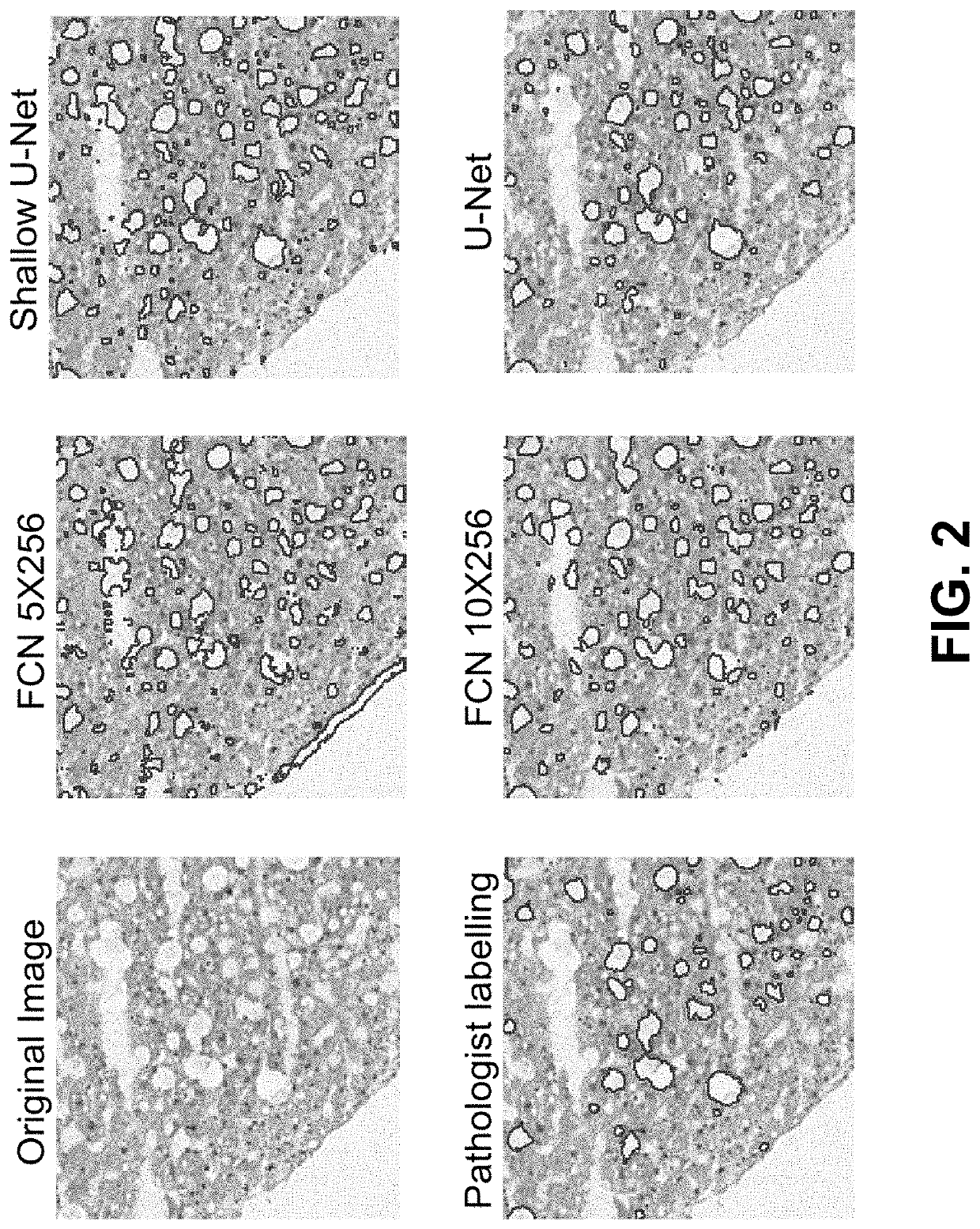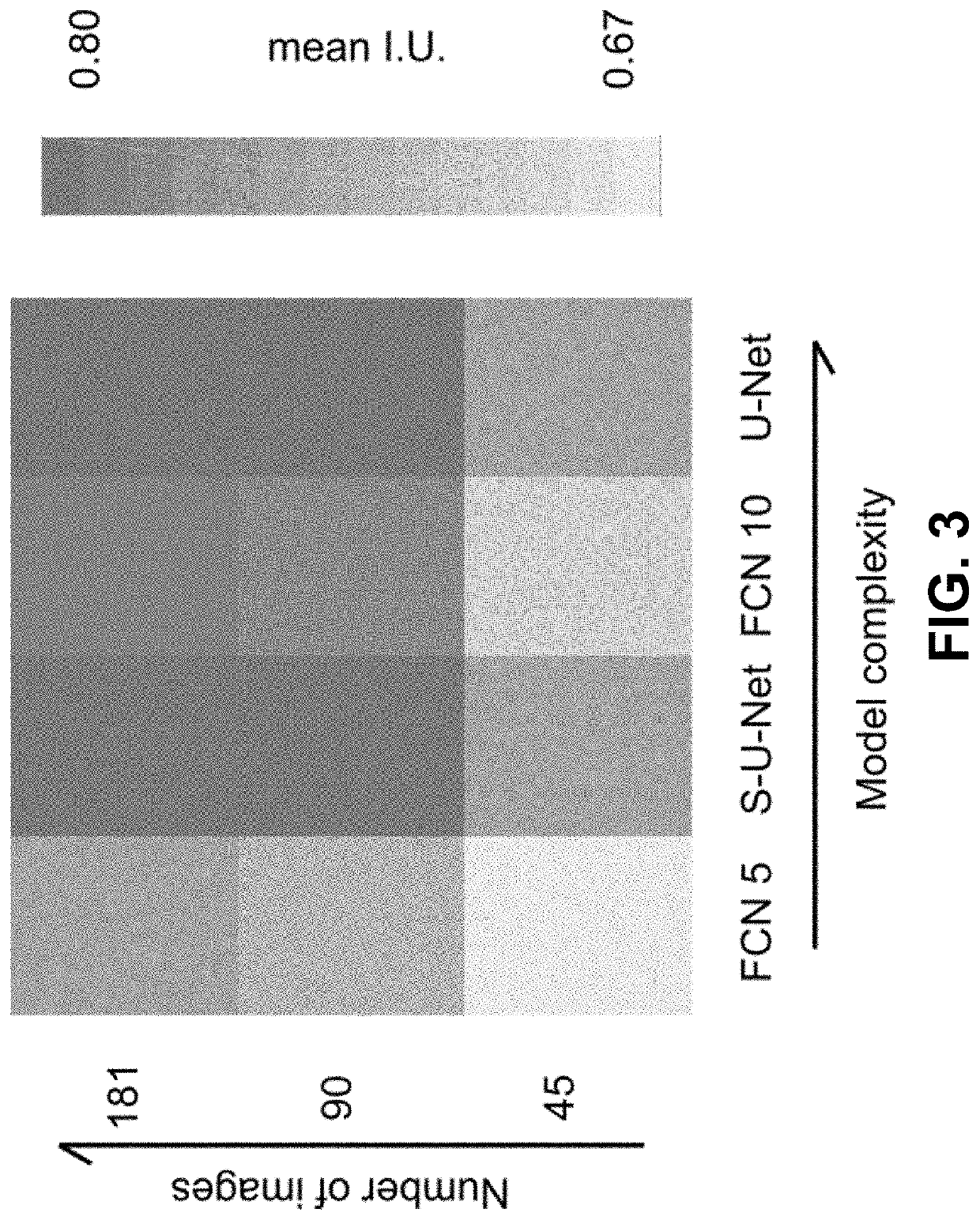Quantification of Liver Steatosis from a biopsy using a Computer Imaging Platform
a technology of liver steatosis and computer imaging, which is applied in the field of liver steatosis from a biopsy using a computer imaging platform, can solve the problems of inadequate grafts being wrongly discarded, eligible liver recipients missing out on viable liver grafts, etc., and achieves rapid diagnosis limiting cold ischemia time, improving early postoperative and long-term outcomes for liver recipients
- Summary
- Abstract
- Description
- Claims
- Application Information
AI Technical Summary
Benefits of technology
Problems solved by technology
Method used
Image
Examples
Embodiment Construction
[0017]A method and device are provided to score / quantify hepatic steatosis to predict the associated risk for early allograft dysfunction (EAD) (FIG. 1).
Patient and Tissue Selection
[0018]All donor liver biopsies performed over a period of 5 years were identified from a prospectively-maintained liver histopathology database. Patients were excluded if there was inadequate liver tissue for histopathologic review or digitization and if the date of the last follow-up was less than 60 days. Recorded information regarding donor and recipient characteristics, surgical history, histopathology, perioperative outcomes, follow up, and survival were collected. The Model for End-Stage Liver Disease (MELD) score for recipients with cancer was not adjusted for tumor burden.
[0019]All slides of donor liver biopsies were prepared with hematoxylin and eosin staining, re-reviewed in consensus by two independent pathologists experienced in analyzing donor liver graft tissue (SBC and JPH), and digitized. ...
PUM
 Login to View More
Login to View More Abstract
Description
Claims
Application Information
 Login to View More
Login to View More - R&D
- Intellectual Property
- Life Sciences
- Materials
- Tech Scout
- Unparalleled Data Quality
- Higher Quality Content
- 60% Fewer Hallucinations
Browse by: Latest US Patents, China's latest patents, Technical Efficacy Thesaurus, Application Domain, Technology Topic, Popular Technical Reports.
© 2025 PatSnap. All rights reserved.Legal|Privacy policy|Modern Slavery Act Transparency Statement|Sitemap|About US| Contact US: help@patsnap.com



